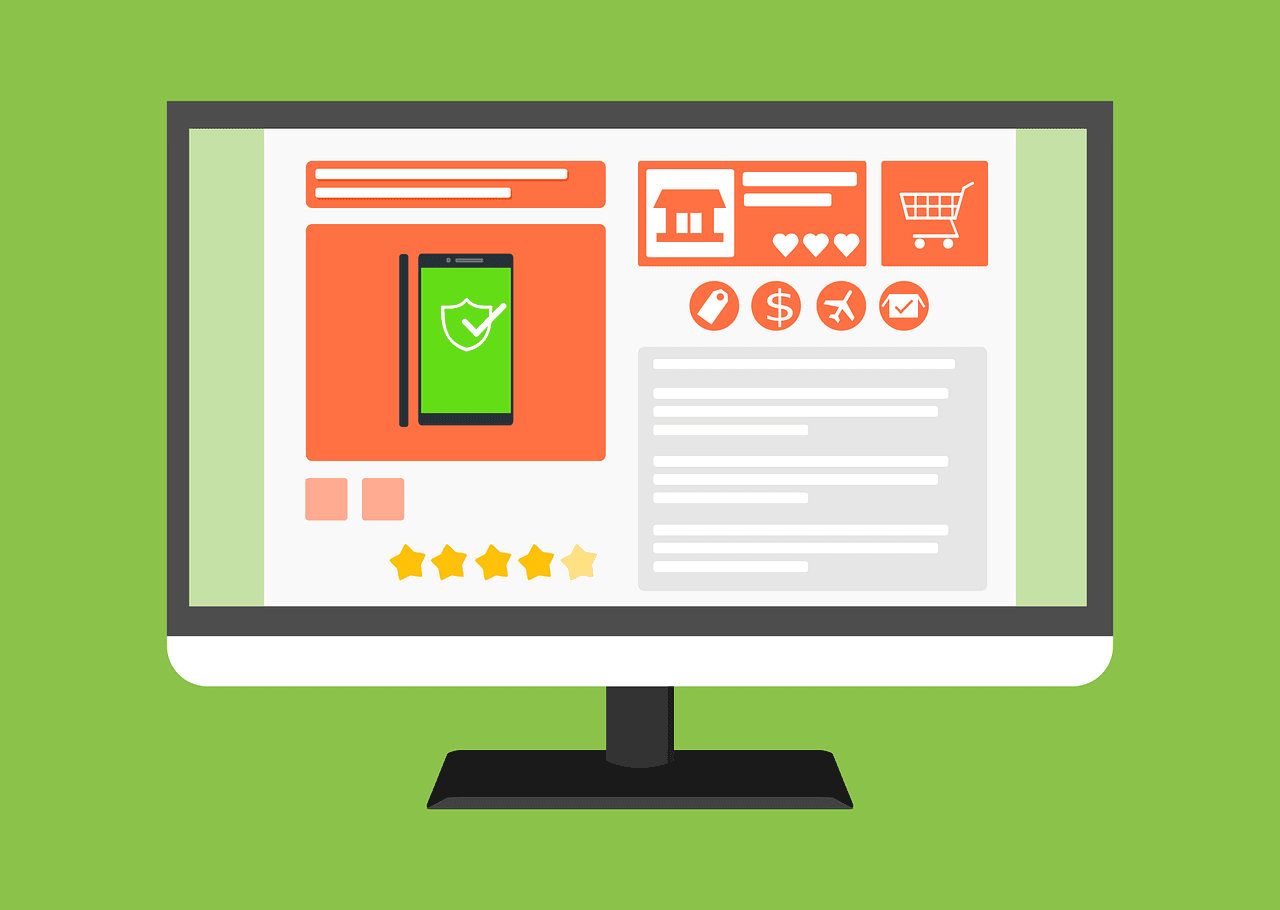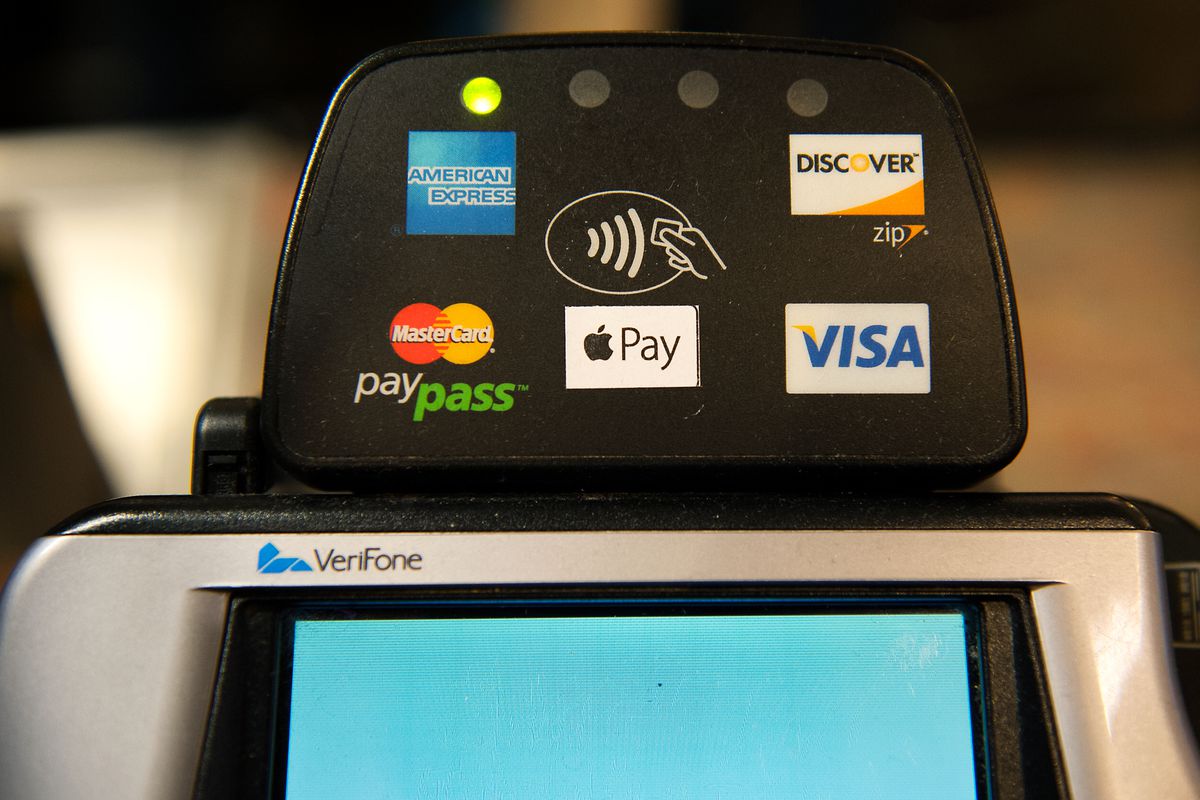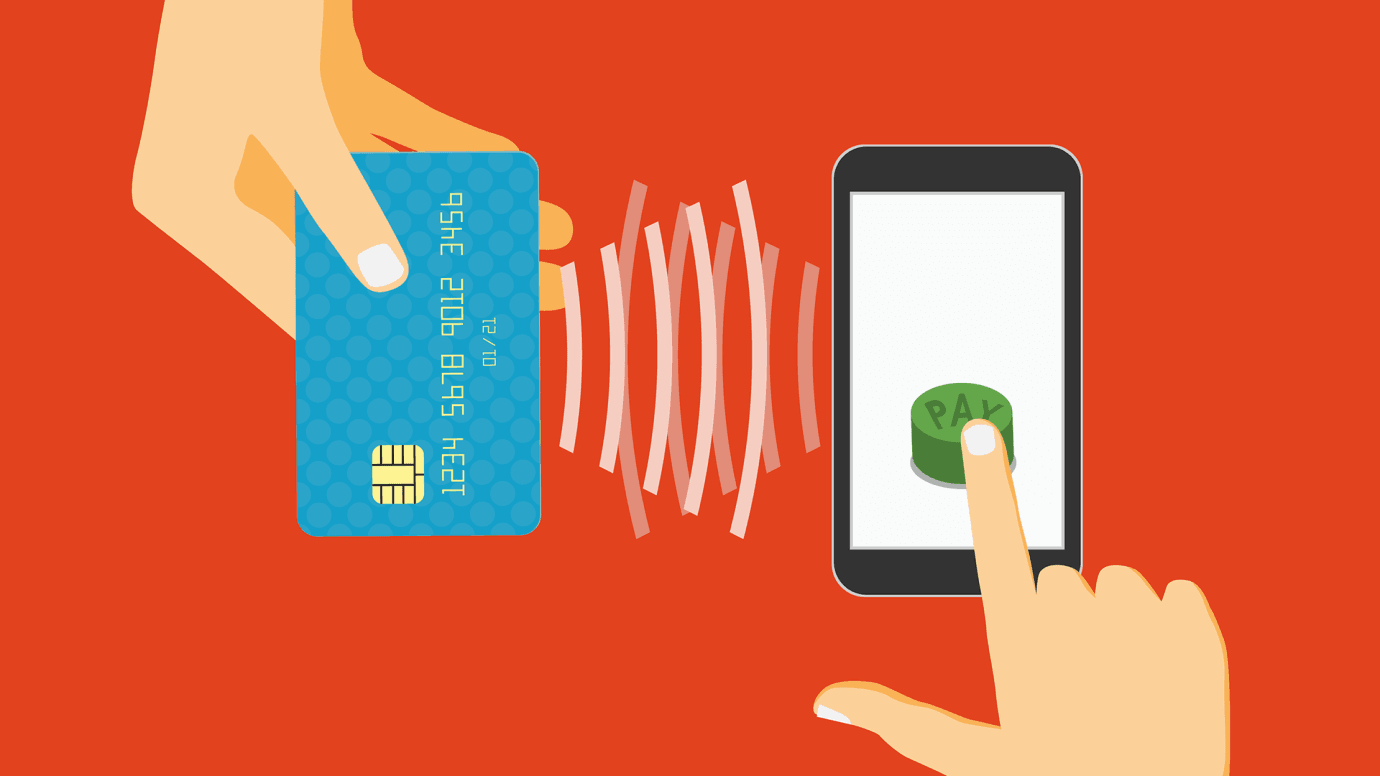A Guide To Online Payment Options For Ecommerce
8 Sept 2022, 3:06 am GMT+1
By the Datadial Team
Selling products and services via an ecommerce platform opens the door to an entire world of potential customers. If you’re just starting out in online retail, you’d be surprised how complex it is to take payment from those customers.
Broaden your payment methods perspective
The approach that you take to accept payments via your website can be the difference between getting by and exceeding your revenue expectations. The good news is that sophistication in technological advances has resulted in a boom in the multitude of approaches and options available when it comes to
via your website. The market is flooded with competing ecommerce payment services, making the world of online payments, at times, a complex one. However, if you want real results online, this is something that you’re going to want to get right. Sifting through providers and doing your research is essential.
A guide to online payment methods
Panic not! This is where we step in to offer a helping hand. This blog is set out to be your ultimate go-to online payments guide. By taking away the complicated and replacing it with clarity, we hope that you will feel confident to make an informed decision about how to tackle your online payment conundrums. We’ll start by offering some general understanding of how the online payments world works, discuss the fundamental such as PCI compliance, advise on factors to consider and discuss the variety of payment gateways and payment options that are out there to choose from. There are many ways
how you can buy cryptocurrency with debit card.
How do online payments work?
As with many things’ ecommerce, a basic understanding of how online payment processes actually work goes a long way in informing your decision. So get comfy, buckle up and here goes… If you want to provide online payments to your customers, you’re going to need two things: a payment gateway and a merchant account. What is a payment gateway? Think of your payment gateway as a card terminal in a traditional brick and mortar store; the piece of technology that allows you to take payments for the products and services that your customers buy. On your website, your payment gateway allows you to accept details from customers and use these details to authorize transactions. You customers input their payment details and the payment gateway acts as the middle-man between the transaction that is made on your site and the payment processor. A key job of the payment gateway is to get your customers’ sensitive payment data over to the payment processor safely and securely. This is done via an encryption method known as tokenization which works by generating a random, secure code that carries the customers’ data safely to a payment processor via SSL.
 A key job of the payment gateway is to get your customers’ sensitive payment data over to the payment processor safely and securely
A key job of the payment gateway is to get your customers’ sensitive payment data over to the payment processor safely and securely
The payment processor then steps in…
Once the payment gateway has safely passed the customer’s payment data to the payment processor, work begins to authorise the payment. The job is split between two types of payment processors: the front-end processor and the back-end processor. The front-end processor works to connect to the various card associations such as Visa and Mastercard. It provides the settlement and authorization service that confirms the payment to the merchant’s bank. The back-end processor accepts the settlement from the front-end and is responsible for moving the money from the issuing bank to the merchant account. You want to know what’s really amazing? This all happens in a matter of seconds.
A merchant account allows you to accept payments
A merchant account is a type of business bank account that accepts payments from your customers
online and is fundamental if you want to make money from your website. The merchant account works to take debit or credit card payments from the payment processor. Once your merchant account receives the funds, this is then sent to your own bank account. But
Choosing a payment gateway
Now you have an idea of how payment gateways and merchant accounts work, it’s time to work out who will provide your payment gateway and merchant account. You could:
- Select a merchant account and payment gateway as two separate services.
- Opt for a modern payment gateway that does not require a merchant account.
- Choose an all-in-one payment provider that offers a combination of both payment gateway and a merchant account.
Before making any decisions, consider the following…
Modern or classic?
There are two approaches to payment gateways; modern gateways and classic gateways. The biggest difference between the two is that modern gateways do not require you to have a merchant account.
Hosted or integrated?
Hosted payment gateways will redirect your customers to a payment processor’s platform where they can enter their payment details. Integrated gateways create an in-line system via API so that customers can enter their payment details without having to leave your site.
PCI compliance
You must be PCI compliant. It’s the law and failing to demonstrate compliance not only puts your customers at risk but puts you at risk of a heavy fine. There are a number of payment gateways that are Level 1 PCI DSS compliant, (taking the responsibility off of you), but it is important that you check before making any decisions.
 Hosted payment gateways will redirect your customers to a payment processor’s platform where they can enter their payment details.
Hosted payment gateways will redirect your customers to a payment processor’s platform where they can enter their payment details.
Security
Many payment gateway providers will provide a robust level of fraud protection which keeps both you and your customers safe. Additionally keep your eyes peeled for CVC/AVA verification, which protects you from invalid or fake cards.
Cost
To use most payment gateways, you must pay a fee. Some charge a fee per transaction, whilst some charge a monthly usage fee. Take a little time to get your head around how your chosen gateway’s pricing works.
Automatic billing
If you plan to automate payment, a gateway that enables automated billing is going to be high up on your priority list. Check which platforms provide automatic billing as well as support for regular payments.
Integration
Depending on whether you are using a Magento platform, Woocommerce, Shopify or another ecommerce platform you will need to consider how easy your chosen gateway is to integrate. Consider what level of developer support the service provides as well as the speed of the integration process.
Payment options
So by this point you’ve chosen your gateway (or gateways). Now it’s time to have a think about which payment options you will provide. These are the methods of payment that are available to customers and can include debit and credit card, pay by finance, PayPal, e-wallets and onetouch payments. This is where things can get a little bit complicated… but bear with us on this one. Some payment options, such as PayPal and Klarna double up as not just payment options, but also payment gateways. This allows them to handle the payment from start to finish within their own platform, without the need for a traditional payment gateway. Other payment options such as Google Pay and Apple Pay can be integrated into your payment gateway depending on the service you choose. It’s completely normal to have a combination of any/all of the above, so find what works best for you. Either method is absolutely fine, and if you feel confused, that’s also fine. All will become clear as we delve deeper into this within the next few blogs. Depending on who your products and customers are, offering a variety of payment options is a great way to engage with new audiences, reduce cart abandonments, stand out from competitors, rejuvenate customer loyalty and increase sales. Let’s have a look at the types of payment option you can offer.
The types of payment options available to you
Instant pay
This is the traditional method of accepting debit or credit card payments online; examples of which include Visa and Mastercard. It’s easy to get carried away with the new and exciting forms of payment, but many visitors will expect to be able to pay by card. By not using this method, you run the risk of losing trust with a large, conventional audience.
Credit pay and pay by finance
Credit pay and pay by finance have become a popular favourite amongst many of our clients. The beauty of providing credit pay or finance is that you make your products accessible to a wider audience. Customers are less likely to change their mind before making payment which in turn reduces the number of abandoned shopping carts and works wonders on sales. Providing credit or finance options can also give you a significant advantage over your competitors, which is useful in a busy marketplace.
“Credit cards can be extremely useful and powerful when used in the correct hands. They can be a very valuable tool that allows you to reap the benefits of any credit card-specific deals going on. One thing that is important to note when dealing with credit cards is that if used incorrectly, you can find yourself paying off an unhealthy amount of debt. Here at Ascend Finance, we work with all sorts of different situations and credit card debt is one of them. If you have been impacted by credit card debt, make sure to check out your debt relief options, as it’s important to understand all of your available options” Stated by Ben Tejes, CEO and Co-Founder of
Sounds good right? There are lots of credit and finance providers that can integrate directly into your checkout. Examples of online finance and credit providers include Klarna, Hitachi, PayPal Credit, Barclays Partner Finance and V12. We will explore credit pay and pay by finance options in depth later in this blog series.
 There are lots of credit and finance providers that can integrate directly into your checkout.
There are lots of credit and finance providers that can integrate directly into your checkout.
Digital wallets and cardless payments
Digital wallets and cardless payments cater to customer demands for faster and smoother transactions. It has become an expectation that products and services can be purchased at the touch of a button. Customers love the fact that they can buy the products that they want online in a matter of seconds, so providing a quick and easy payment method could act as a great springboard for growth. This is thanks to the innovations of payment wallets and cardless checkouts provided by the likes of Apple Pay, Amazon Pay, Google Pay and others.
International payment providers
If you are selling your products and services internationally, it is important that you provide payment options that allow for multiple currencies. Examples of which include iDEAL, PayPal, Adyen and Skrill. We will explore ecommerce integration of international payment options later in the blog series.
So what’s right for you?
When it comes down to choosing the payment method on your site, we wholly believe that there really is a unique solution for everyone. It all boils down to finding what’s right for your business and customers. You should consider:
- Your budget. How much are you willing to pay per transaction or per month to use the payment method? Generally speaking, the more complex the payment method, the higher the fees. Consider whether the increased fees will have a negative impact on your profit levels before signing up.
- Your products. In terms of the products and services that you are selling, do they have a high or low monetary value and what level of decision making occurs before your customers to make a purchase? Finance and pay later options can work well here.
- Your customers. Who are you targeting your products and services towards and how can you make the decision and purchase process easier for your customers? Digital wallets are becoming more popular, but don’t neglect the more traditional market by not taking card payments
- Your checkout experience. Would you like customers to stay on your site when making a payment? Is your checkout experience suitable for both the desktop and mobile users? How quickly would you like to deliver the payment process?
We hope this thorough introduction might help you when choosing the right payment option in your company. We hope this thorough introduction might help you when choosing the right payment option in your company, especially if you're aiming to build an end-to-end Magento ecommerce solution tailored to your store’s needs. Because despite their multiple nature, technologies and characteristics, there is one right payment offering for every type of business and ecommerce. At least, that is what we truly believe.
Share this
previous
Call To Improve Safety: 37 Million People At Risk Of ‘Distraction Danger’ When Wearing Headphones
next
"Small Business Owners Should Have Legal Power Against Firms That Cause Them To Fail," Claims Insurance Provider